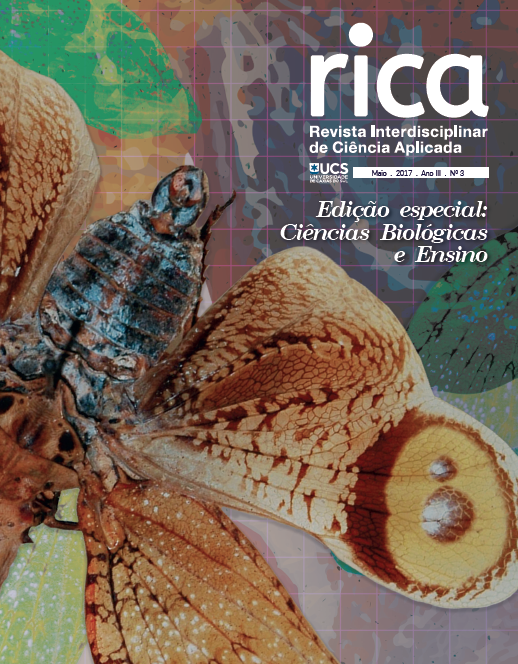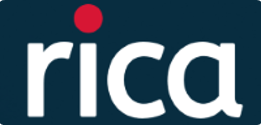Game production as an active learning strategy for science teaching in a seventh-year elementary school class
Keywords:
active learning, games, constructivismAbstract
Science education is very challenging due to several reasons. Among these reasons, we can mention the vocabulary of the discipline, which students think it´s difficult and the model of teaching not relates to the reality. This work was a trial to break this paradigm by proposing active learning by projects. Project learning aims to develop specific abilities related to classroom content. In this case, skills as researching and working in a group. Starting the work, students performed a pretest to evaluate their prior knowledge. The students were challenged to produce a series of five games about vertebrates, one game for each vertebrate group. The teacher tested the games in the classroom. The students made the requested changes for games to be evaluated, again. Concluding the work, a post-test was performed to verify the learning. There were changes in the results but only in some questions, and the study in this sense was not conclusive. The overall gain was in the qualitative aspect since the students developed abilities such as researching and analyzing the information and they improved the ability to work in a collaborative group.
References
SERAFIM, M.V.V. A produção de jogos didáticos como ferramenta para promover a aprendizagem de tópicos sobre orientação sexual. 2015. 124 f. Dissertação (Mestrado Profissional em Ensino de Ciências). Universidade de Caxias do Sul. Caxias do Sul 2015.
MOREIRA, M. A. Aprendizagem significativa subversiva SérieEstudos - Periódico do Mestrado em Educação da UCDB. Campo Grande - MS, n. 21, p.15-32, jan./jun. 2006.
FREIRE, P. Pedagogia do oprimido Rio de Janeiro, Paz e Terra, 1993.
RAMOS, J. R. S. Dinâmicas, brincadeira e jogos educativos ,2 ed, Rio de Janeiro, DP&A, 2005.
Downloads
Published
How to Cite
Issue
Section
License
Copyright (c) 2021 Interdisciplinary Journal of Applied Science

This work is licensed under a Creative Commons Attribution-NonCommercial-NoDerivatives 4.0 International License.
Authors keep the copyright and cede to the journal the right of publishing first. Published works are licensed under a Creative Commons Attribution 4.0 International (CC BY 4.0) license, allowing the sharing of the work with recognition of the authorship and initial publication in this journal.






